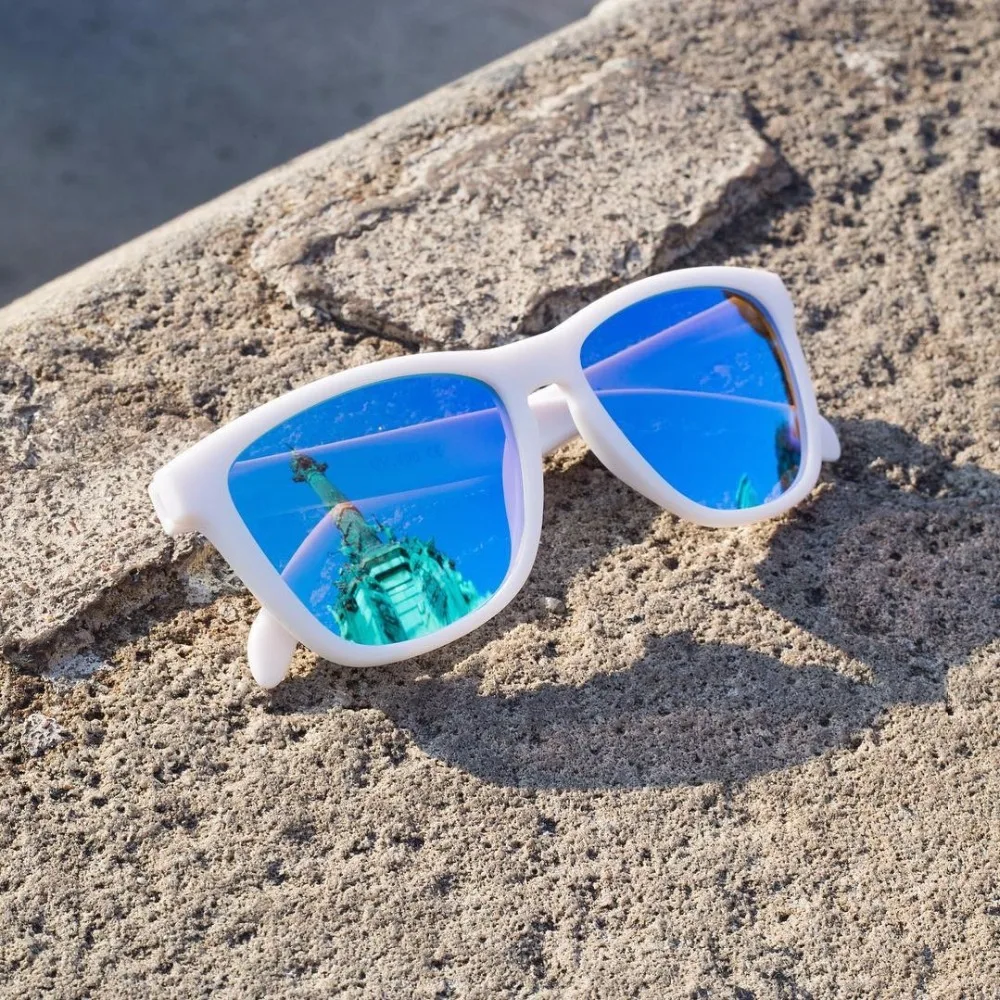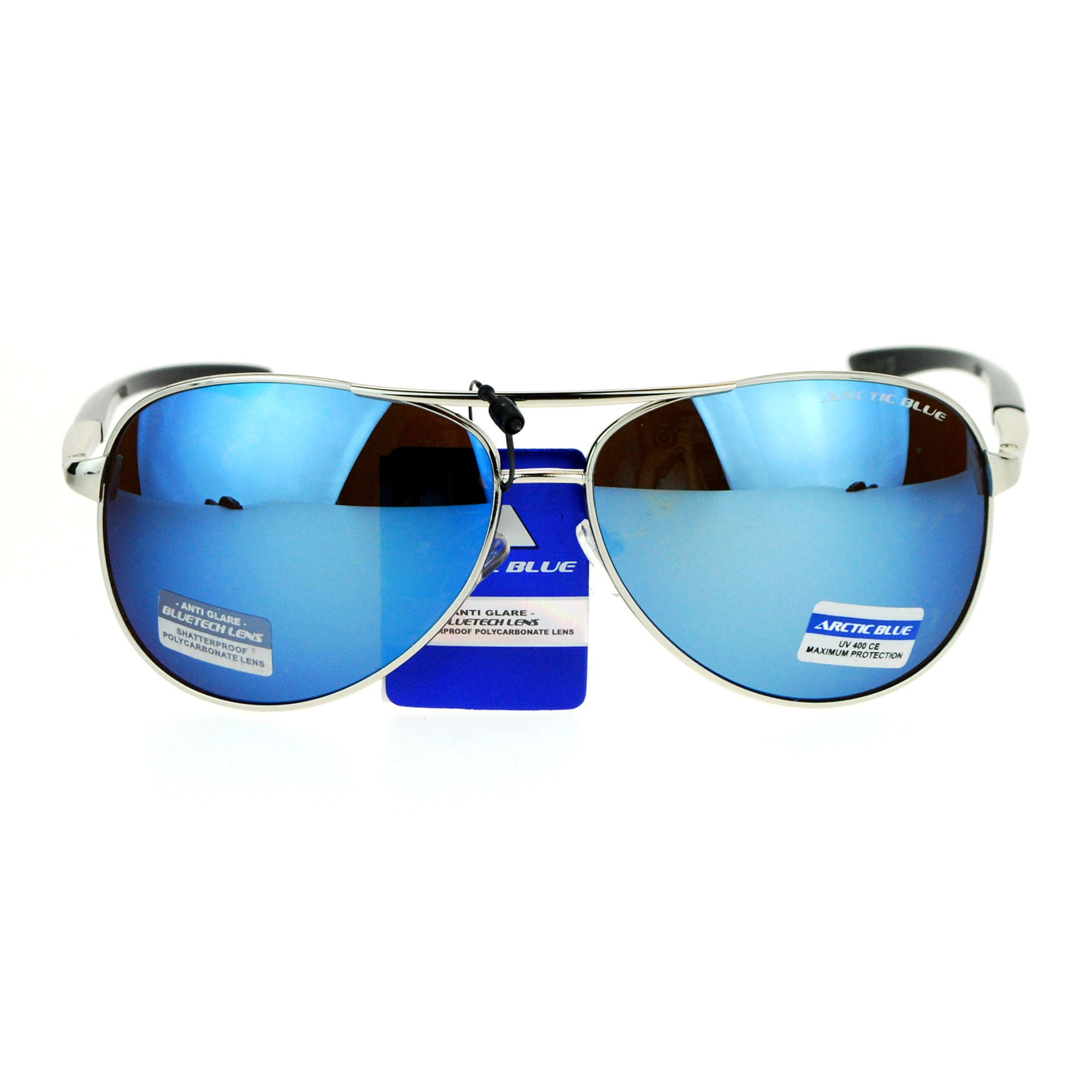

LUMES lenses block enough blue light to help your eyes feel more relaxed while allowing some exposure so your wake / sleep cycle can remain healthy. Exposure to some blue light during the course of the day can help you maintain a natural circadian rhythm. You don't actually need to block 100% of blue light since it’s required to regulate your natural wakefulness. LUMES lenses are virtually clear (with a barely noticeable yellow tint) which means color temperature is not affected perceptibly - which is especially important if you do something like graphic design where you need to see colors as they really are. LUMES lenses are specially engineered to filter some of the highest energy wavelengths of visible light (400-440 nm). So, how does this relate to blue light blocking lenses?īlue light filter lenses are designed to filter out blue the high-energy blue light frequencies from the visible light spectrum.

An object that absorbs all light will appear black. An object that reflects all frequencies will appear white. Red light is the only light that is reflected from the shirt. By way of contrast, ultraviolet light is almost entirely absorbed by the front part of the eye, and significantly less than 5% of it reaches as far as the retina.Ī red shirt looks red because the dye molecules in the fabric have absorbed the wavelengths of light from the violet/blue end of the spectrum. It is why prolonged exposure to blue light from screens can irritate our eyes.Īlthough blue-violet light has less energy than ultraviolet light, it is almost entirely unfiltered as it passes through the eye and reaches the retina. Our eyes only see the wavelengths that are bounced off or reflected.īlue light that screens emit sits in the upper end of the visible light spectrum: it has a short wavelength so it is higher-energy. When light shines on an object some wavelengths bounce off the object and others are absorbed by it. Ultraviolet (UV light) has an even shorter wavelength, but we can’t see it. The longest wavelength of light that humans can see is red. Why we see different colors (and blue light)ĭifferent wavelengths within the visible light spectrum represent different colors. The electromagnetic waves within the visible light spectrum are the waves that our eyes and brain process and turn into what we see around us. We often call this part of the electromagnetic spectrum, the visible light spectrum. Visible light is just a part of the electromagnetic spectrum, which also comprises radio waves, microwaves and X-rays.Ī typical human eye responds to wavelengths from about 380 to 740 nanometers. Collectively, the range of these different wavelengths is known as the electromagnetic spectrum.Ībove: A diagram showing the electromagnetic spectrum These waves each have their own wavelengths measured in nanometers (nm).
Blue lens glasses skin#
It's why too much exposure to direct sunlight can trigger skin cancer.Įlectromagnetic radiation exists as waves. It may sound surprising but light is actually a form of electromagnetic radiation. In order to understand how blue light blocking lenses work, first let's have a quick recap on how light works.

One of the ways that you can reduce your exposure to blue is by wearing glasses with blue light blocking lenses.

In fact, studies show overexposure to blue light may be linked to eye strain, increased risk of macular degeneration, and sleep cycle disruption. Unfortunately, our eyes aren't really designed to handle blue light exposure at such close proximity, and for extended periods of time. When you use your smartphone or your laptop, you’re being exposed to high-energy visible light. And, if you’re like most people, a large part of your day probably involves staring at screens.ĭigital LED screens emit blue light.


 0 kommentar(er)
0 kommentar(er)
